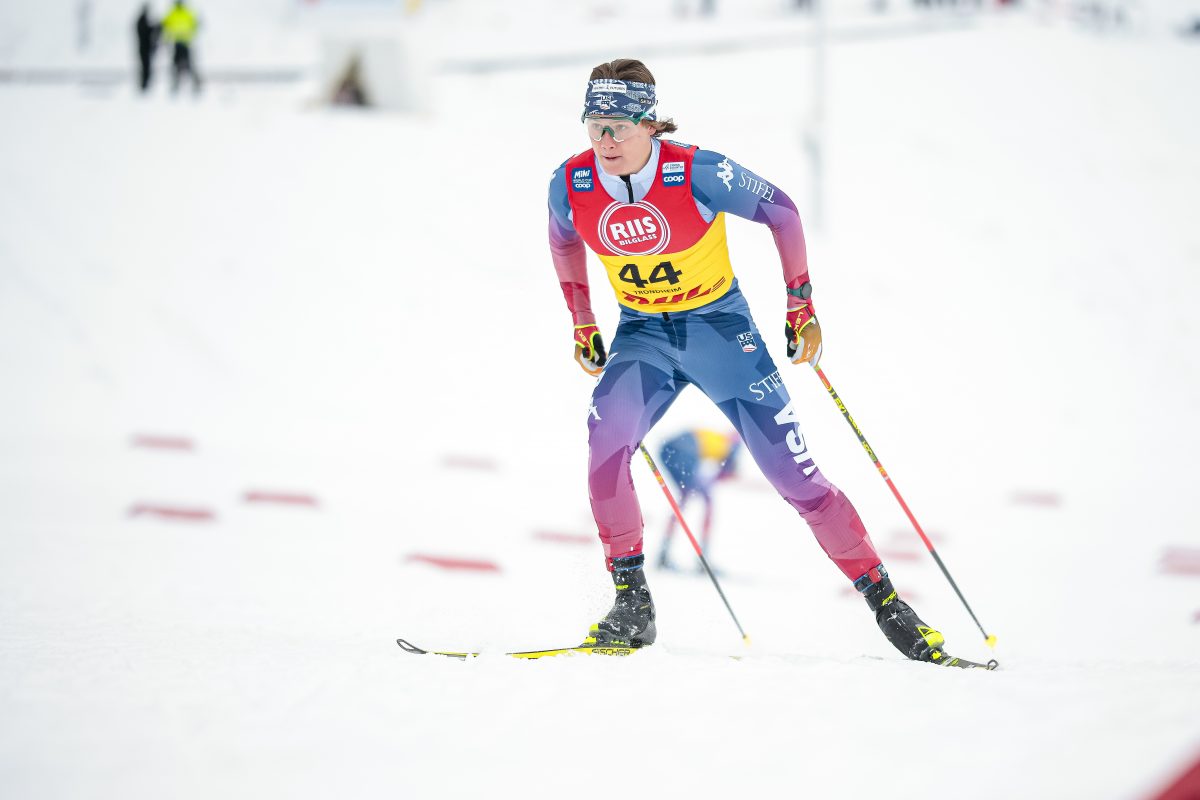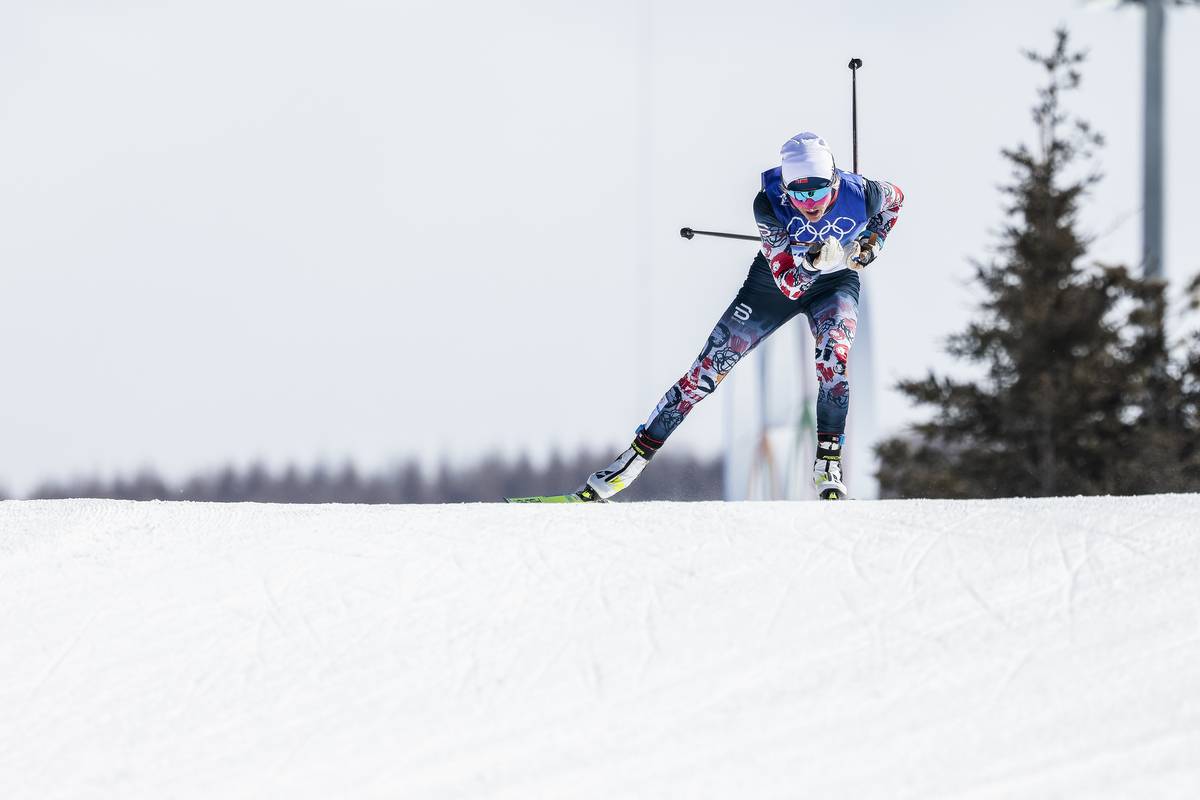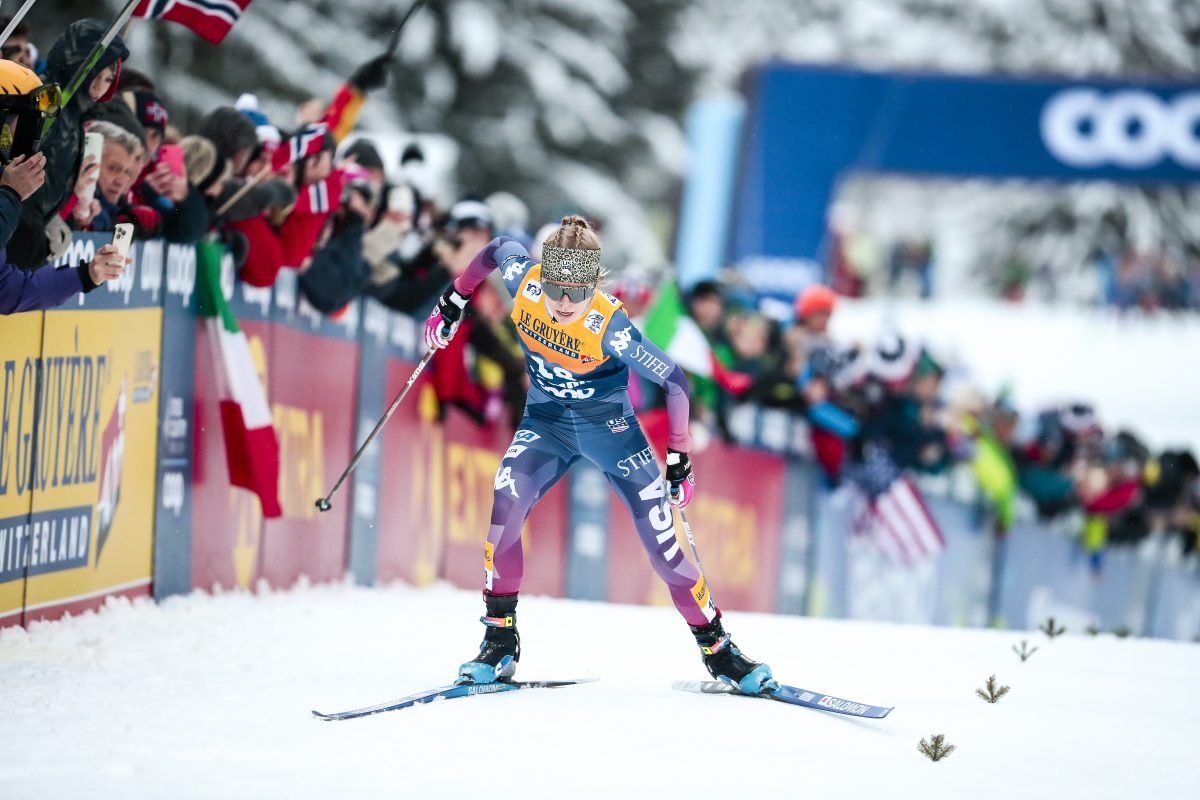Trond Flagstad has been coaching for the University of Alaska-Anchorage (UAA) since 2001. He and his wife Lindsey, 8 month old VeBjorn, and dog Burra live in the hills above Anchorage.
 We also played hockey and in the summer it was soccer and track & field. I started ski racing when I was about 8 years old. During High School I had to choose one sport because the training load on one sport became to much to handle two sports simultaneously. Soccer also became a year around sport with games in the winter which didn’t help much with trying to fit in all the skiing!</p>
<p>After High School I spent one year in the military were I was in a special unit for athletes. We had half the day off to train and in the winter we could travel to most of the races with our home club. After the year in military I decided not to go to college but train and race full time instead, and one of the reasons for not going to school was that I was burned out on combining school and training. I managed to be a “full time skier†by living at home and working part time, while the rest of the support came from my home club and the regional team I was on at my hometown. The two teams provided coaching, training camps, travel, and lodging support at races as well as entry fees and training clothes etc. The clubs and regional teams in Norway get money from sponsors and volunteer work. The athletes had to do a fair share of work to raise money for their club and their regional teams. At age 25 I went back to school and got my degree in sport science from the University of Trondheim in Norway. I continued to pursue skiing while at the University and ironically enough I had my best years as a skier while studying full time at the University in Trondheim from 1995 to 1999.</p>
<p>My connection to US skiing came about in 1992 when three Middlebury Ski Team skiers fresh out of college and decided to move to Norway and Hamar to train for the 1994 Olympic trials in Anchorage Alaska. Chris “Flash†Clark, Barney Hodges and John Cooley (the Middlebury gang) joined the Hamar Ski Club and for two years trained and lived among Norwegian skiers to follow their dream to race in the Olympics. Later, when I visited them in Vermont I met my American wife Lindsey. After I finished my degree in Trondheim we decided to move to Alaska for no other reason than pure adventure. </p>
<p><I>Anchorage is at sea-level. Most of the western NCAA schools are at elevation. What's it like coaching a sea-level team that races up at elevation?</I></p>
<p>It is a challenge for sure but the most important thing for the athletes is to not think about it in negative terms — not let it be a mental barrier. We focus on it as a challenge that we can master if we take the right approach. It also helps that we have a good record of racing fast at all altitudes even at 10,000 feet in New Mexico. After you have been to New Mexico everything else seems like a piece of cake…….</p>
<p>It is very interesting to see how altitude affects people and how different people react to it. We have tried everything from altitude tents to coming up the day before races and the effect is always different from person to person. Because of our long travel our racing season looks like blocks of altitude training camps. Our standard plan the last few years has been to spend two to three weeks at altitude during the first trip of the the January college circuit of races. Then we go home for 10 days, and then we go back to altitude for 12 days and so on. The kids miss an awful lot of school but they are remarkable good students and our professors at UAA are very accommodating and helpful. My experience the last 7 years is that during the season it gets easier and easier to come back to altitude, and every year it seems like the body acclimates faster and faster.</p>
<p>Here are some of the things we do to help acclimation, training and racing when we go to altitude: We make sure we stay well hydrated, ski slow the first few days, eat the right foods, take iron supplements (this is especially important for women) Our women check their iron levels regularly, if they are under the normal limits they take liquid iron supplements well in advance of racing season (2 months)</p>
<p>When you race at altitude you have to race differently than at sea level, mostly it’s a pacing issue. When we come home we train easy for the first 3-4 days, we make sure the pace is easy because everybody feels great and want’s to race each other at practice. </p>
<p><center><img decoding=)
FasterSkier
previous
FasterSkier.com's Spring Video Contest: “From Packed to Powder and Everything in Between†The 2007/2008 Season
next



